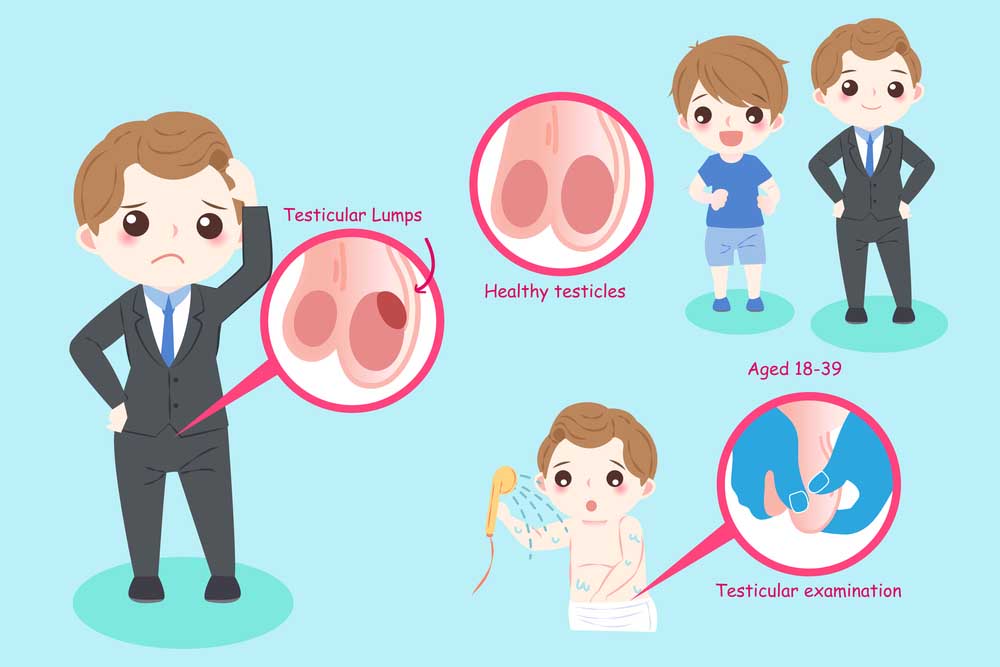Luckily for men, testicular cancer is somewhat rare, or at least not as common as other male problems such as benign prostatic hyperplasia. Moreover, testicular cancer has the highest curable rate among all types of cancers, with an excellent prognosis.
Most solid tumors in the testes are malignant, and when they develop after puberty, they will be diagnosed as cancer in 95% cases. The risk factors for developing testicular tumors include first-degree family history (an immediate male family member with testicular cancer, such as your father, brother, and son), Klinefelter syndrome, infertile men, undescended testes and testicular dysgenesis.
The surgical correction of undescended testes doesn’t decrease the risk of tumor development, and such patients need screening and early diagnosis to reduce the risk of complications. Testicular cancers are divided into 3 pathological categories by the WHO. They are germ cell tumors (seminomas and non-seminomas), sex cord-stromal tumors (Sertoli cell tumors, thecoma/fibroma tumors, and Leydig cell tumors), miscellaneous non-specific stromal tumors (mixed tumors), seminomas and teratomas (non-seminoma) which constitute 80 to 90% of all testicular tumors. Seminomas are relatively low-grade malignancies, and trophoblastic teratomas are highly malignant tumors.
The age of patient is usually between 20 and 40 years. The most common malignancies (teratomas and seminomas) are rare during childhood, seminomas peak age of incidence in between 40 to 50 years. Conversely, yolk sac tumors are seen in childhood between the 1st and 5th years of age. Teratomas occur in all ages.
Testicular carcinomas, regardless of their type, may present with the following clinical features:
Swelling

Scrotal swelling is the most common complaint in cases of testicular cancer, and it is always confined to the scrotum. This symptom is not very specific because it happens in many other testicular diseases. The swelling is non-translucent and unilateral. One of the important features is that the swelling is non-transilluminating, meaning that when placing a source of lighting to one side of the testicle, the light will not trespass to the other side of the testis. Transillumination is present in other testicular pathologies, which may also feature swelling of the scrotum, including varicocele, hydrocele, and hematocele.

